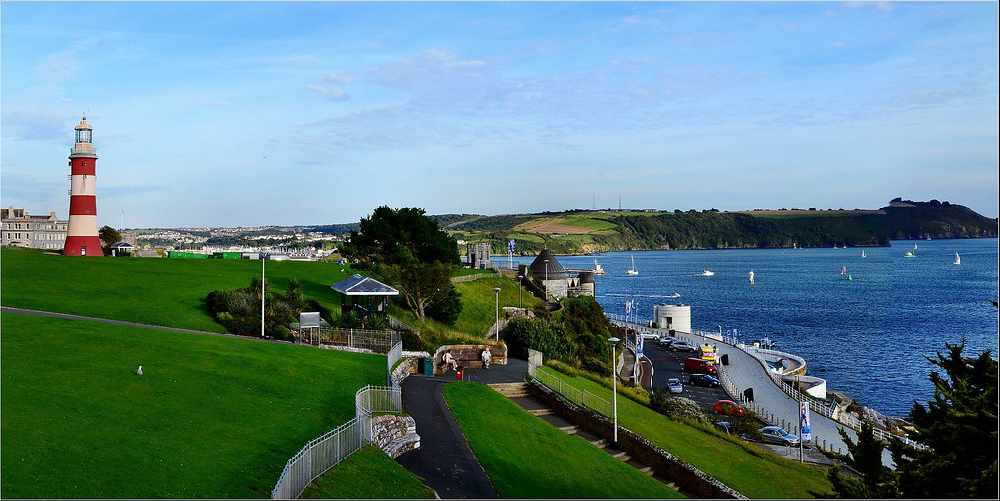
It's from a low base, but still worrying
Devon’s director of public health is urging residents to do their bit to reduce coronavirus spreading after a rise in cases.
While the number remains relatively low, recent days have seen an increased infections, with 53 cases in the last seven days, compared to 42 the previous week. Dr Virginia Pearson says not all of the new cases are linked to returning international travellers, which has been the pattern previously.
Dr Pearson, who also chair the multi-agency covid-19 Hhealth protection board, said: “Just like the rest of the country, we have seen a significant rise in the number of confirmed cases in September. Not all new cases are now linked to returning international travellers, which was the pattern we had seen recently.
“We must remember that coronavirus is still a very real threat to us all, especially to our older and vulnerable residents. It’s very easy, with the relaxation of restrictions we’ve had over recent months - the call for people to return to work and to support our high streets; our children returning to schools, colleges and soon to universities – to believe that life is back to normal.
“It is not back to normal. The virus is still here and it is very easy to get infected, especially indoors. I am therefore urging all Devon residents, of all ages, but specifically to our younger residents who perhaps do not feel the risk felt by older and more vulnerable residents, to follow the public health advice at all times.
“We are continuing to monitor the data very closely so that we can react immediately to situations as they arise. But we also need you, the Devon public, to carry on doing your bit to reduce the risk of coronavirus spreading in our county this autumn.”
Maria Moloney-Lucey, public health specialist, said confirmed cases remain very low compared to the national average. There are current 6.6 cases being confirmed per 100,000 population in Devon, compared to the national average of 20.2, mainly in people of working age.
While the number of cases has risen, cases would need to triple to reach the level where they would be put on the government’s watchlist, and then double again before any intervention measures would likely to put in place, with cases needing to be around ten times higher than they currently are before any ‘local lockdown’ rules may be imposed.
There are currently five notable areas in Devon (Cranbrook, Broadclyst & Stoke Canon and Clyst, Exton, Lympstone in East Devon, Bishop’s Nympton, Witheridge & Chulmleigh in North Devon, and Churston and Galmpton in Torbay) which have recorded three or more cases in the last week – and Mrs Moloney-Lucey said that at least one of the clusters was linked to community cases and not international travel.
She added: “We are seeing a flurry of cases, and seeing some single cases where it isn’t possible isn’t able to link to where it originated from.”
Dr Phil Norrey, the council’s chief executive, added: “With 53 cases in the last week, you would expect to see more clusters, which tells us that it is out there and it is not just about stamping down on settings. We need to be clear to general population that it could crop up and pop out anywhere, and it has been doing so.”
He said that while the number of cases was being confirmed at a higher rate in the more populated areas, Devon doesn’t have the multigenerational and high density households that there are in other parts of the country.
Of the 53 new cases, 15 are in East Devon, 10 in Exeter, four in Mid Devon, seven in North Devon, four in the South Hams, six in Teignbridge, five in Torridge, and two in West Devon, with a further 11 in Torbay, and 26 in Plymouth.
 Storm overflow prevention work set for Plymouth
Storm overflow prevention work set for Plymouth
 Help needed to find Exminster pensioner
Help needed to find Exminster pensioner
 City lose at home again
City lose at home again
 Calls for inclusion on Plymouth lord mayor role
Calls for inclusion on Plymouth lord mayor role
 Upgrades to Plymouth storm overflows to take place
Upgrades to Plymouth storm overflows to take place
 Dartmoor finances facing biggest cut for years
Dartmoor finances facing biggest cut for years
